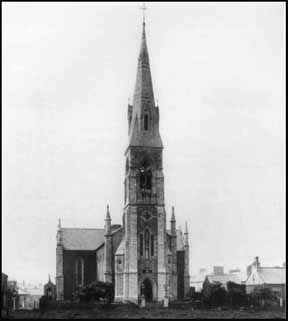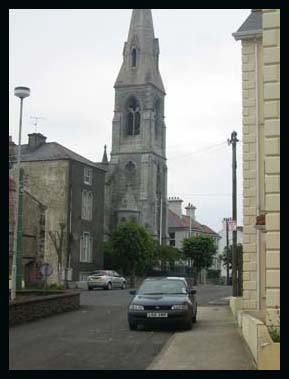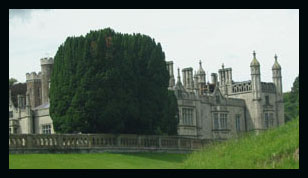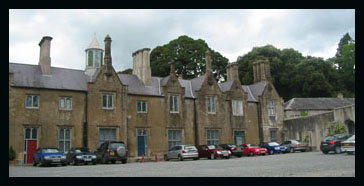|
Ros
Davies' Co.
Down, Northern Ireland Family History Research Site
© Rosalind Davies 2001 Permission granted to reprint research for non-profit use only |
Warrenpoint Parish
| Warrenpoint town | Church of Ireland, Warrenpoint | 1st Presbyterian Church | Non Subscribing Presbyterian Church |
| Methodist Church | Warrenpoint Catholic Church | Narrowwater Castle |
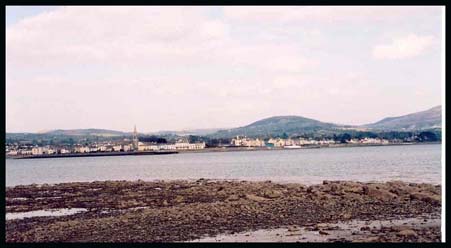 This modern photo of Warrenpoint was kindly sent to me by Deirdre McEvoy. It's looking north to the town of Warrenpoint across Carlingford Lough. |
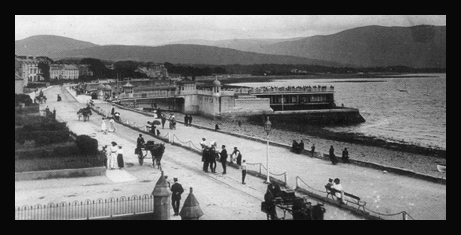 |
|
| This old photo of Warrenpoint Promenade was kindly sent to me by Roland Torrens. It shows the swimming baths in the centre. |
|
Warrenpoint
town Warrenpoint was the ancient coronation place of the Magennis clan. It's a modern parish only named since 1744. Previously it was part of Clonallan parish. The town, in Ringmacilroy townland, as late as 1780, consisted of only a few fishermen's & oystermen's huts and two houses. It was named either because of the amount of rabbit warrens in the area or after a family called Warren. It's scenic beauty and coastal location instigated rapid development so that the population in 1824 was 500 & in 1831 was 1,000. In 1836 there was a school , court house, a Savings Bank, 4 policemen and a Farming Society. Fairs were held once a month and a market every Friday.However, in the mid 19th century, Newry merchants obtained a government grant to create a tidal dock at the village, as prior to 1850, ships of above 150 tons could not get further up the Lough than Narrowwater. All goods had to be transported by land or after 1849, by rail to Newry. In 1846 the population was 683 people. With the advent of the Newry, Warrenpoint and Rostrevor railway opening in 1849, the way of life changed for the residents of Warrenpoint. Thousands flocked to the resort every year. Locals turned their homes into holiday accommodation. A bandstand in the park provided concerts for the holiday makers and a swimming pool was first built in 1908. For more photos & ephemera of Warrenpoint, try Brian McCalmont's site: http://www.oldwarrenpoint.com/mypictures.html Newspaper articles from Down
Recorder; |
| References;V3 p 115+ OSM; DR; BIH p 10 ; GIC; PNNI V1 p 161; MSWAG; DDPP p83,84; WHGM 2011 p19 (railway) |
 |
|
||
 |
|
||
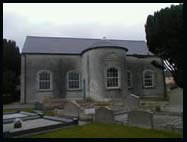 |
|
||
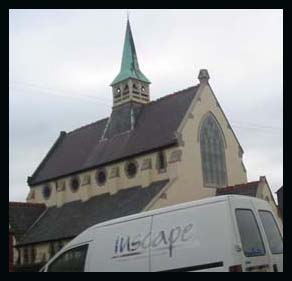 |
|
||
|
Parish priests Warrenpoint & Clonallon; Rev. Patrick O'Kelly up to 1423; Rev. Peter McGivern 1423; Rev. Patrick MacDonegan before 1437; Rev. John O'Rooney after 1437; Rev. John MacDonegan 1460; Rev. Gelasius Magennis 1500; Rev. CharlesKane 1526; Rev. Hugh O'Sheil 1534; Rev. Cormac O'Sheil 1625; Rev. Manus O'Fegan 1704; Rev. Patrick Rooney ; Rev Anthony Grvey 1725-1747; Rev. John Ryan 1766; Rev. Oatrick Rooney 1772; Rev. Bernard Polin 1772; Rev. Peter Polin 1826; Rev.Michael John MacCartan Dec 1826-1829; Rev. Peter Murphy 1829-1845; Rev. Robert Denvir 1840; Rev. John Brennan 1846-1868; Rev. Eugene McMullan 1869- 1886; Rev. Henry O'Neill 1886- 1915; Rev Daniel Mallon 1902- 1907; Rev. Felix MacGennis 1907- 1924; Rev. Daniel McAlister 1924-1949; Canon . James Fitzpatrick 1949- 1961; Rev. Hugh Esler 1961- 1983; Rev. Edward Hamill 1984- 200; Rev. John Kearney 1998- Newspaper article from Northern
Herald; modern graveyard; old burials in Clonallan parish graveyard or newer ones at the rear of St. Martins School ; NLI have free copies of microfilmed baptisms 1826 -1869 & marriages 1826 -1881 - http://registers.nli.ie; UHF has baptisms & marriages 1826-1900; LDS film #0926077 1826-1838 for Warrenpoint births & #0926085 1808-1881 for Warrenpoint & Kilbroney Catholic parishes |
| References;V3 p116,117 OSM: MS WAG p 59; Perspectives p5,6; GIC; DDPP p78,83,84, 85,86 |
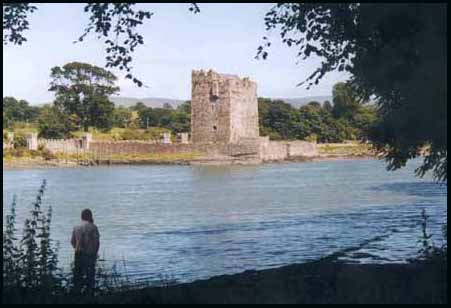 |
|
Narrowwater Castle | ||||||||||||||||||||
|
A castle was built here in 1212 by Hugh de Lacey. It was originally called Caol Castle, it was rebuilt in 1560 at a cost of £361.4.2 as an English garrison command post. It has a murder hole and there are three levels of habitation and an attic. Latrines and other small chambers were built into the walls' thickness.(see photo (left) Prior to that The Danes (Vikings) had established a station at Narrowwater in 790 AD from whence they carried out raids on the nearby territory and on religious establishments such as Killeavy. They remained there until the mid-tenth century when they were beaten and driven out by Murray McNeill. The Magennis clan originally owned this land. The old castle is situated on a small island in the Newry River just before it becomes Carlingford Lough It was strategically place at the narrowest point to prevent foreign/undesirable craft from proceeding further up the river to Newry town. The photo on the left was taken from Co. Lough in the Republic of Ireland . It was also the site of the old ferry which was established in 1770 by Roger Hall Esq. (the major land owner in this area). The fares were 1 penny for each passenger, 1 shilling for a horse and cart, 2 shillings for a carriage and a pair of horses, other prices for goods varying according to circumstances. In 1670 Francis Hall bought nine townlands including Narrow Water townland & the old castle. He lived in the old castle for a few years them built a house in the style of the Irish long house called Mount Hall. In 1816, Roger Hall built the present castle adjoining Mount Hall in Elizabethan revival style . The architect was Thomas Duff. The granite stone came from the family estate in Mullaghglass Co. Armagh. Many of the interior features like the library fireplace were carved by Curran & Sons of Lisburn. In 1939 the castle & part of the farm was commandeered by the British Army so there were 250 soldiers in the house and another 2000 camped on the farm. Then the Americans arrived. After the war the family started a hotel until 1952 when the castle was divided into twelve flats which still exist today. The main reception rooms can now be hired for weddings and other functions. Residence of Major William J. Hall in 1886. The Hall family still live in the castle. Newspaper Articles from Down
Recorder; |
| References; DR ;V3 p 115, 116, 122 OSM; PNNI V1 p 163; POD; brochure by Roger Hall; MO 16/8/2017 p17 |
by Ros Davies
